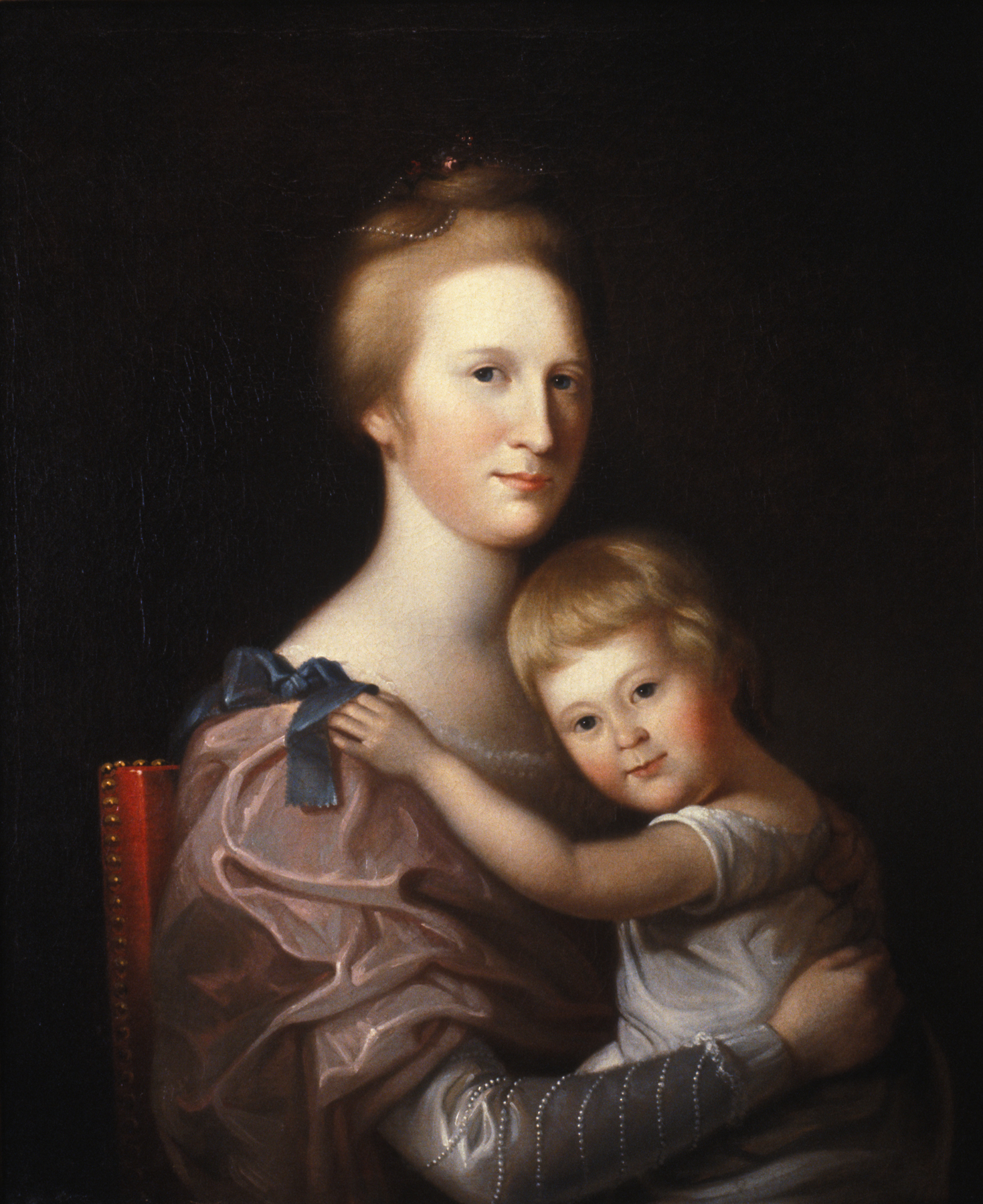Portrait of Mrs. John Brice and Daughter, Rembrandt Peale; Charles Willson Peale
Artwork Overview
Rembrandt Peale, artist
1778–1860
Charles Willson Peale, artist
1741–1827
Portrait of Mrs. John Brice and Daughter,
1812
Where object was made: United States
Material/technique: oil; canvas
Dimensions:
Canvas/Support (Height x Width x Depth): 74.9 x 62.9 cm
Canvas/Support (Height x Width x Depth): 29 1/2 x 24 3/4 in
Canvas/Support (Height x Width x Depth): 74.9 x 62.9 cm
Canvas/Support (Height x Width x Depth): 29 1/2 x 24 3/4 in
Credit line: Gift of Professor Herman B. Chubb and Mrs. Julia Chubb
Accession number: 1960.0060
Not on display
If you wish to reproduce this image, please submit an image request



